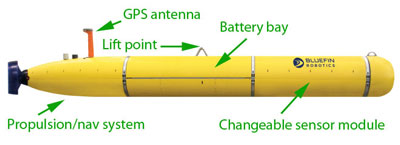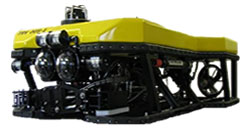This is one of my favorite books of all time! The Physics of Superheroes is a fun read that uses known comic examples to explain properties of physics. For example, Kakalios talks about how force, mass, and acceleration would come into play if Superman is actually able to jump over tall buildings in a single bound!
The author, Jim Kakalios, served as a science consultant for the new Spiderman movie. In the YouTube video below, he talks about the gig and exactly how he created the "decay algorithm" used in the film. Check it out!
As you can see, Jim is also a strong proponent of making science for everyone and avoiding complicated jargon and other mess that makes science hard to understand. I respect the man and I hope that my blog has a similar effect.





